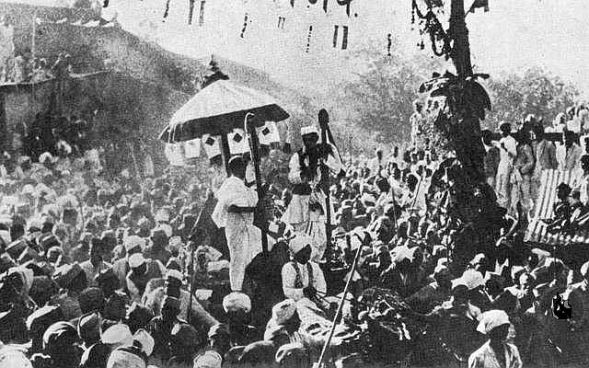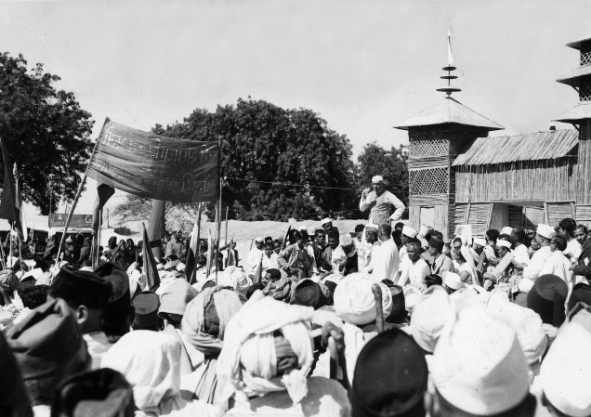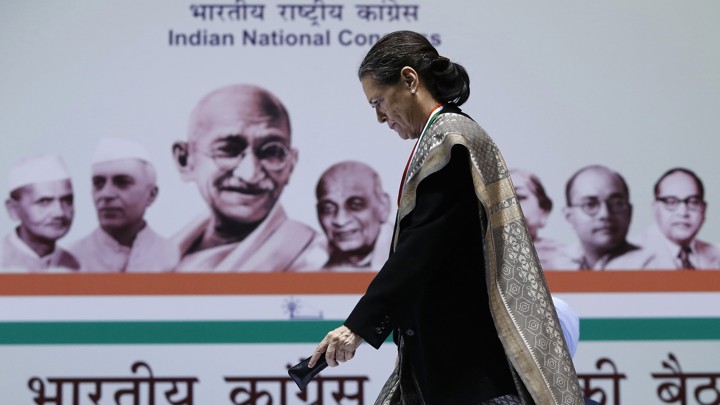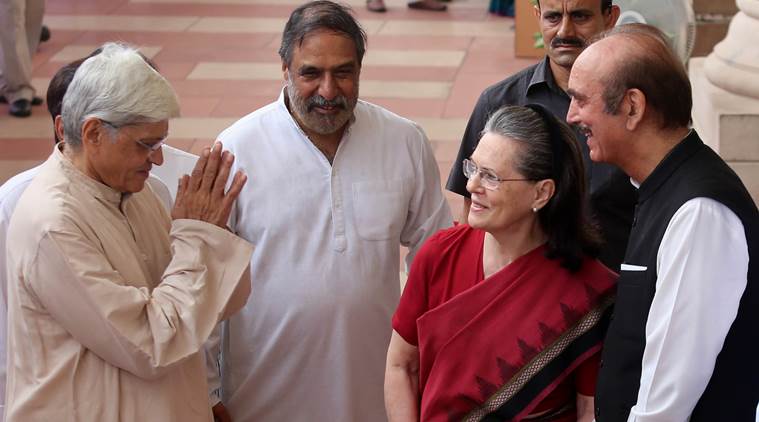Indian National Congress





INDIAN NATIONAL CONGRESS GROUP, BOMBAY, DECEMBER 1904. Front Row. From left to right. Dinshaw Edulji Wacha (ex-President). Sir William Wedderburn. Bart. (ex-President). Sir Phirozeshah M. Mehta, KX.I.E. (ex-President). Sir Henry Cotton. K.C.S.1. (President). Samuel Smith, M.P., Surendro Nath Banerjea (ex-President), and J. N. Ghosal. Second Row. From left to right. F..J. Lalji, H A. Wadia. N M. Saker. K. R. Cama. the Hon. (G K. Gokhale, M. Viraraghava Chariar. the Hon. G. K. Parekh, Shamrao Vittal, S. C. Sarbadhikari, and Hasan Budrudin Tyabji

Jawaharlal Nehru, industrialist w:Jamnalal Bajaj, w:Sarojini Naidu, w:Khan Abdul Ghaffar Khan, and Maulana Azad at the 1940 Ramgarh Session of the Indian National Congress in which Azad was elected president for the second time.



Mahatma Gandhi and Sarojini Naidu during salt satyagraha. Non-violence was the cornerstone of Gandhi’s philosophy in the fight against British colonial rule
/https://public-media.smithsonianmag.com/filer/73/88/73885e73-8797-4403-bab1-6211952cca4e/gandhi-independence-quit-india.jpg)


Gandhi had made Noakhali his home in the turbulent year, 1946, and hoped to bring peace

The Fiftieth (50th) Session of the Indian National Congress was held on 27 and 28 December 1936 at Faizpur, a village on the outskirts of Yawal Taluka of Jalgaon District of Bombay Presidency (Maharashtra). It was, here, for the first time that Congress held its Annual Session in a backward rural setting. A
large number of peasants participated in the session. The Faizpur
Session was important for the Congress which had been raising demands
for the welfare of the peasants and struggled for them. The Faizpur
Session was also important because it was presided over by Jawaharlal
Nehru who was at his peak of influence in the Congress.
Jawaharlal Nehru’s Presidential address delivered on December 26th, 1936 began with greetings to the Comrades in prison: “To our comrades in prison or in detention we send greetings. Their travail continues and it grows, and only recently we have heard with horror of the suicide of three detenues who found life intolerable for them in the fair province of Bengal whose young men and women in such large numbers live in internment without end. We have an analogy elsewhere, in Nazi Germany, where concentration camps flourish and suicides are not uncommon.”














No comments:
Post a Comment